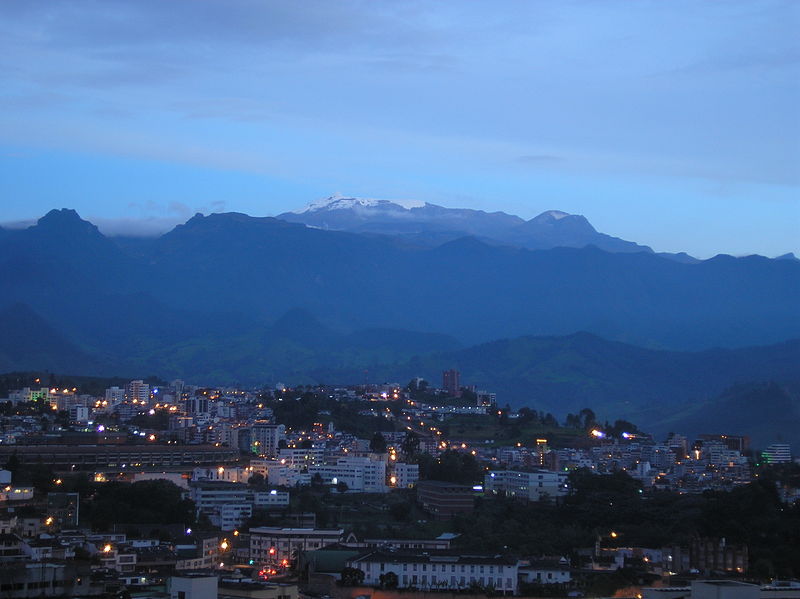
Habitat
The plant Tropaeolum, commonly known as nasturtium, originated from the Andes Mountains in Peru. For generations natives used every part of this flower for a source of food and for its medicinal purposes. The English then brought it back to Europe and started cultivating it for its sensual aroma and oriental arrangements. Today nasturtium is found all around both Americas and Europe, as well as other various gardens around the world. Many gardeners plant nasturtium in their gardens for its multiple beneficial interactions with other plants.
Cultivation
Nasturtium is a perfect plant for all levels of gardeners, it is a hardy plant that often self-sows, and also provides great benefits for other plants in the garden. It is a perennial plant, flowering all year round; however, it is not frost resistant so in many seasonal environments, it flowers annually. For best growth, the plant requires well-drained soil with high to moderate light exposure. Soil nutrition is often one determining factor in leaf to flower ratio. A nasturtium plant that grows in a more nutrient rich soil will display lush, large leafs and smaller flowers. In contrast, if the soil is low in nutrients the plant typically has many brightly colored flowers and little leafs. This is true in many cases but the leaf to flower ratio also largely depends on photomorphogenesis which is explained in the adaptation section.


